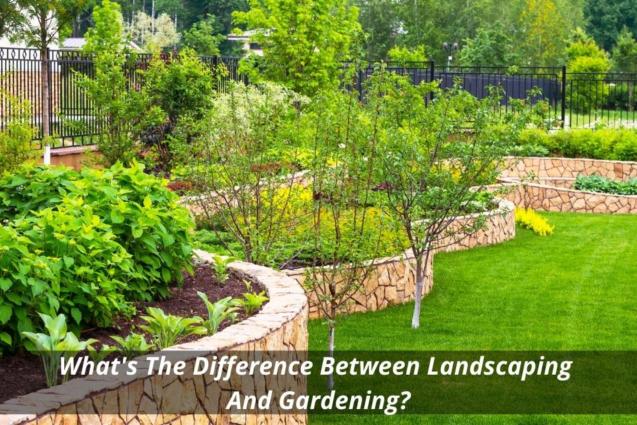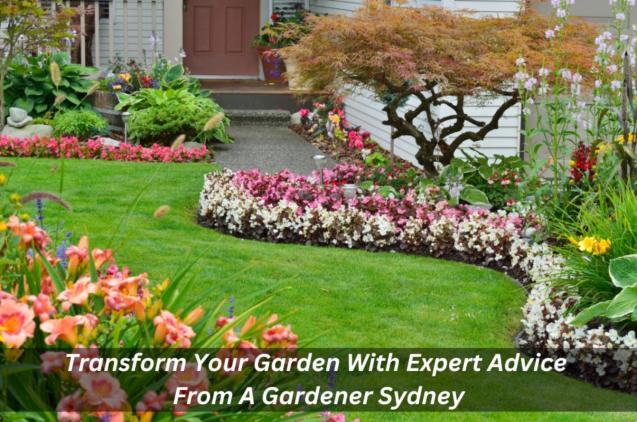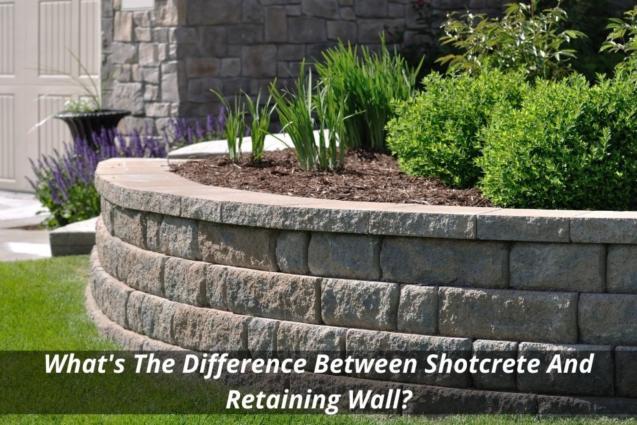
Some Easy Tips To Start Landscaping Your Own Garden
There are several reasons why landscaping is considered highly recommended and such a great investment. For example, it improves your home’s curb appeal, creates a beautiful outdoor area like water features or garden beds, adds value to your house, builds character, and makes your yard look beautiful and inviting.
There are a number of things that you'll need to consider before starting a major landscape construction. These include choosing the right plants, selecting the ideal location, hiring a landscaper with years of experience and cost guides, and setting aside enough time to complete a fantastic job. Here's everything you need to know about landscaping services.
Choosing Plants For an Effective Backyard Landscape
Selecting the right plants for your designed landscape is one of the most important steps in the process. You will be spending hundreds or thousands of dollars on new plants as well as other expenses related to the overall project, so you want to make sure you choose high-quality plants that not only look good but last longer as well.
When planning this part of your landscaping project, remember that certain plants are better suited for specific purposes than others. For instance, if you're looking to grow flowers, then you should pick varieties like roses, tulips, daffodils, and irises. On the other hand, if you're hoping to grow vegetables, then you should select from among the many types of lettuce, cucumbers, tomatoes, peppers, basil, and more.
You'll also have to decide which plants you'd prefer to grow indoors in greenhouses or outdoors in containers. In addition, you'll have to figure out how much sun your area receives since certain plants perform best when they receive direct sunlight.
The following list includes a few tips for picking plant species that work successfully in different areas:
Best Landscaping Ideas and How to Make Them Work.
- Use Color
- Use Texture
- Create Contrast
Include Plants With Characteristics That Match Your Home Design
If you don't like the idea of having plants that match their surroundings, you can always pick plants that represent something else. For example, an ivy trellis might work nicely around your front door and lead into the entryway. Or, you could use flowering perennials to create a romantic atmosphere inside your home.
Retaining walls are specially designed structures that retain soil on slopes or in low areas, protecting buildings and roads against erosion.
- Know When to Stop
- Take Advantage of Freebies
- Consider the Environment
- Plan Ahead
- Give It Time
- Try Something New!
Just think about what kind of space you've got available before you start selecting plants. Also, consider how you would like your garden design to look once it's finished. Do you envision lots of lush greenery or do you prefer a cleaner appearance? Once you know these things, you'll be able to get started choosing the perfect plants for your landscaping needs.
If you’re looking for commercial landscaping and want to hire a professional landscaper or landscaper contractors, try searching for a “landscaping near me” online.



